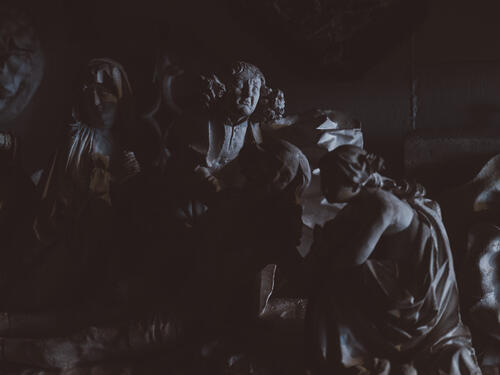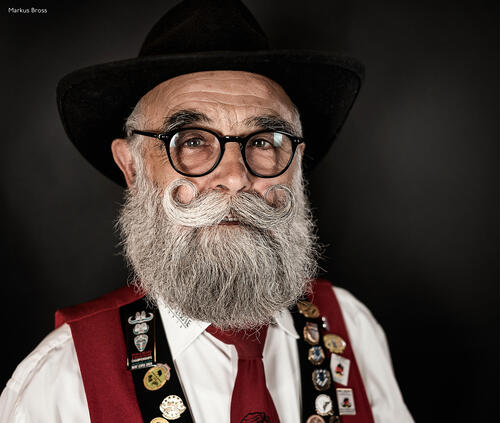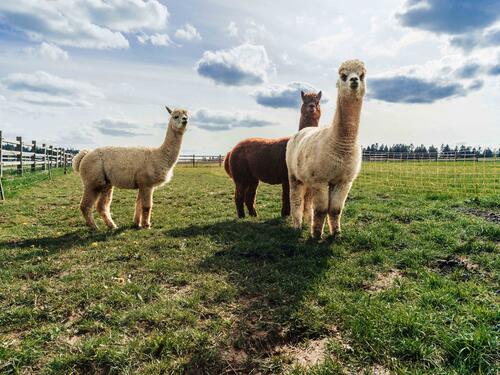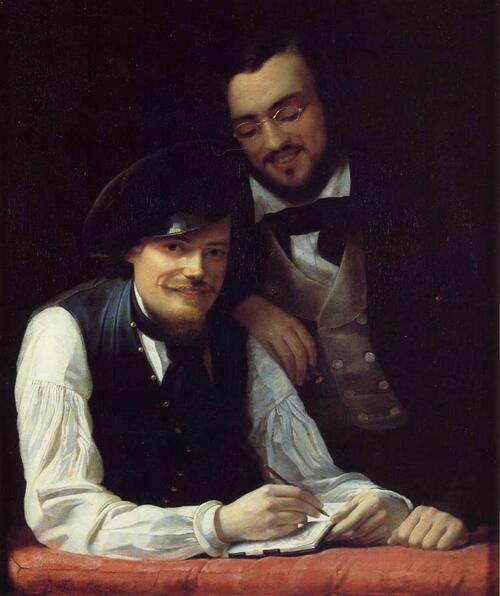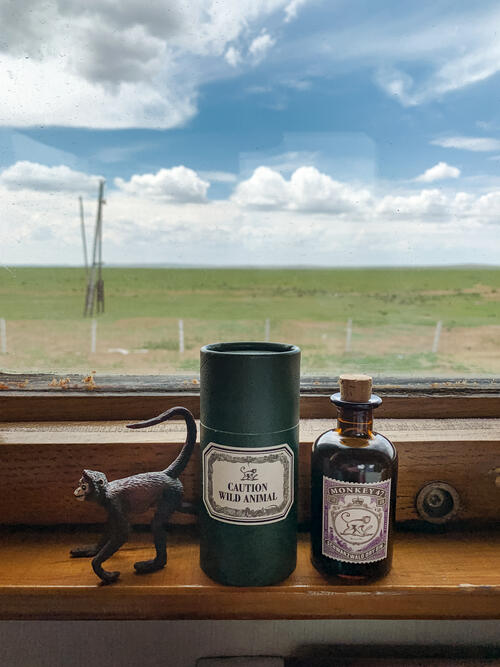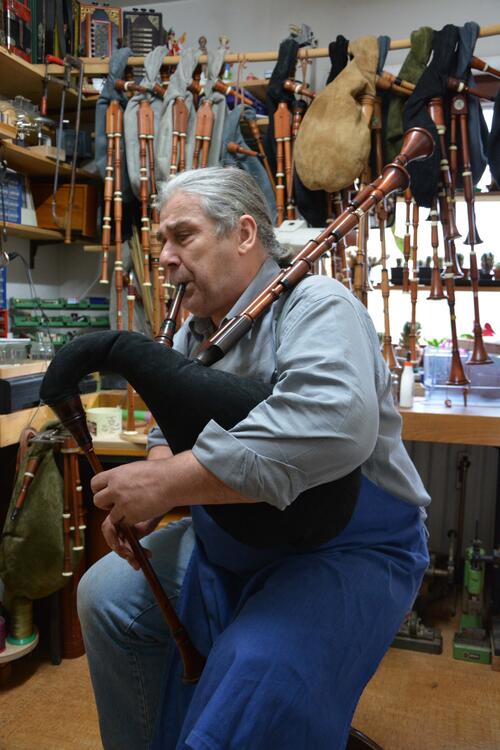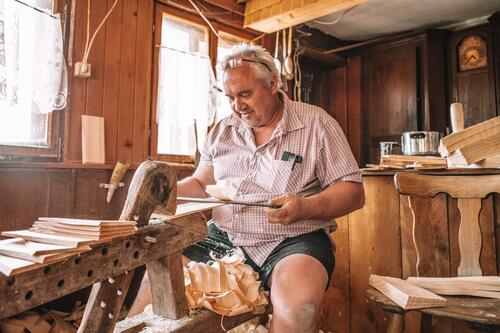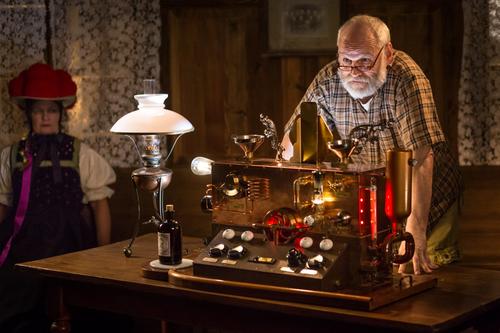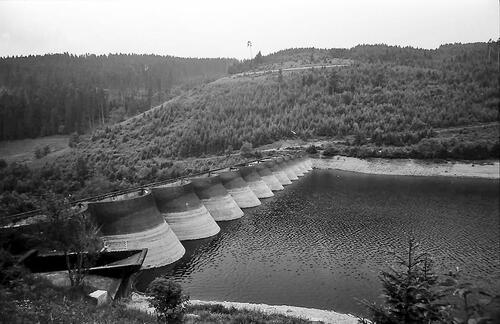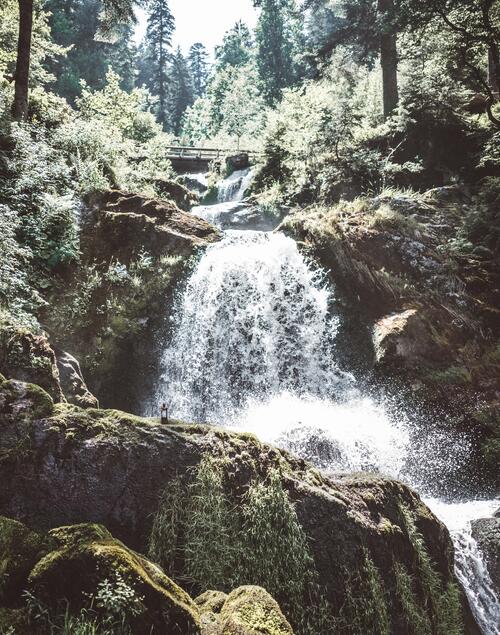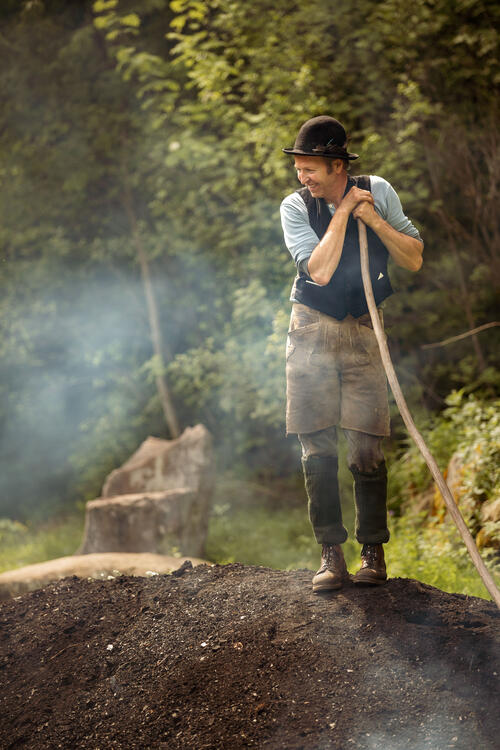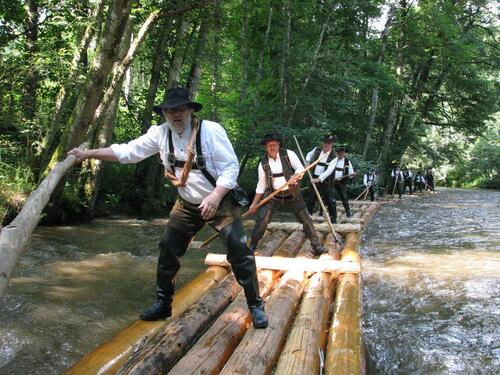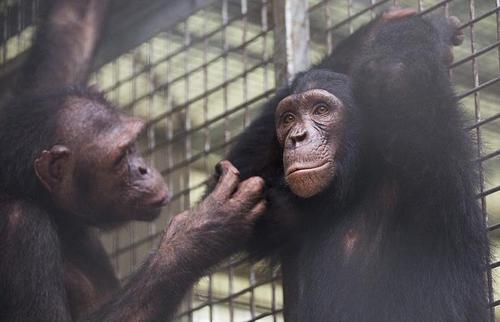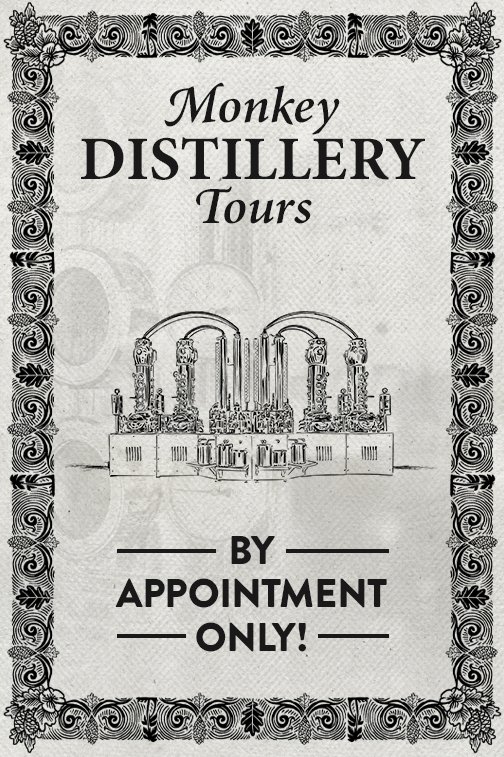Hans Thoma
The Painter from the Black Forest
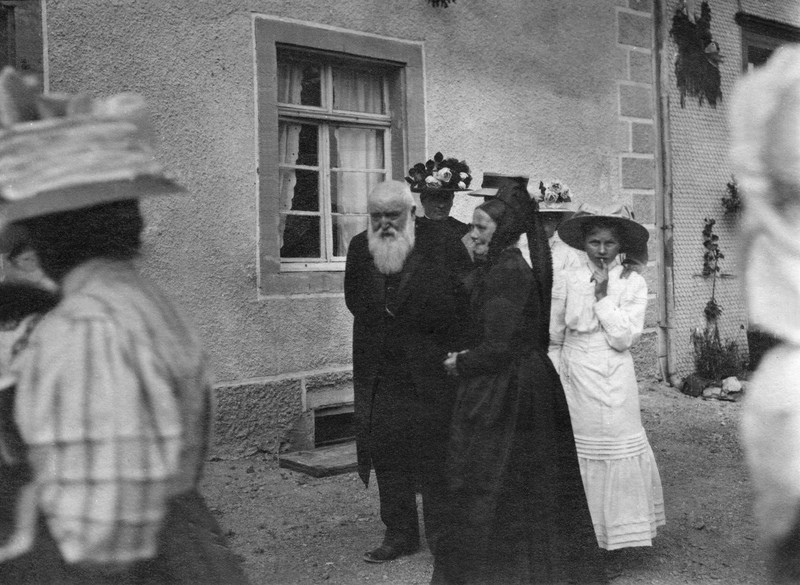
Born in Bernau (Black Forest) in 1839, painting offered Hans Thoma a way to escape his origins. After the death of his father, a trained miller who later worked as a lumberjack in the Black Forest, Thoma had to provide for his mother and sister, and so he began painting portraits and landscapes for the homes of prosperous farmers. The young “peasant painter” caught the attention of the bailiff of St. Blasien, who recommended Thoma for a scholarship to the Grand-Ducal Academy of Fine Arts in Karlsruhe. Though he was ridiculed as a “chicken painter,” Thoma stayed true to himself, creating images that reflected his Black Forest home. He remained an outsider, even after his move to Düsseldorf in 1867. It wasn’t until he took a trip to Paris with fellow student Otto Scholderer that he was able to break out of this role. In the realism of Gustave Courbet, Thoma saw “his art” exhibited on a grand stage. This encounter provided enduring inspiration that is evident in countless later works. Though Thoma, who died in Karlsruhe in 1924, has since faded from memory, in 1909 he earned a mention in Meyer’s encyclopedia as “the favorite painter of the German people” The title honors this modern figure, whose art held fast to idyllic rural scenes despite advancing industrialization. Influenced by the lyrical pantheism of his early works, Thoma later focused largely on landscapes before also turning to more religious themes. In his later years, he worked intensively on his “Thoma-Kapelle,” which depicted scenes from the life and work of Jesus Christ.
The Hans Thoma Art Museum in Bernau exhibits the multifaceted work of the once beloved lanscape and portrait artist (including numerous self portraits) – a true son of the Black Forest, whose origins had an enduring effect on his work.




